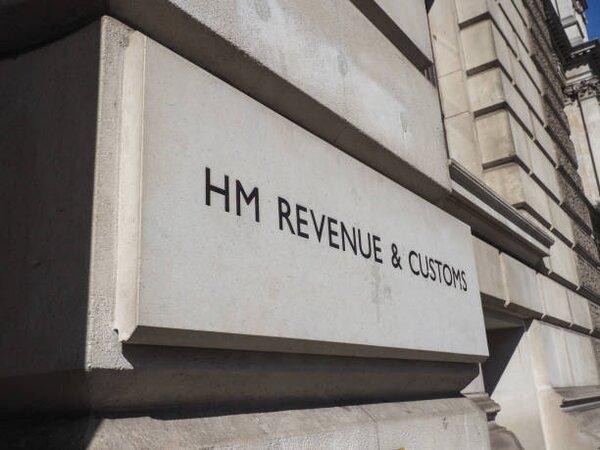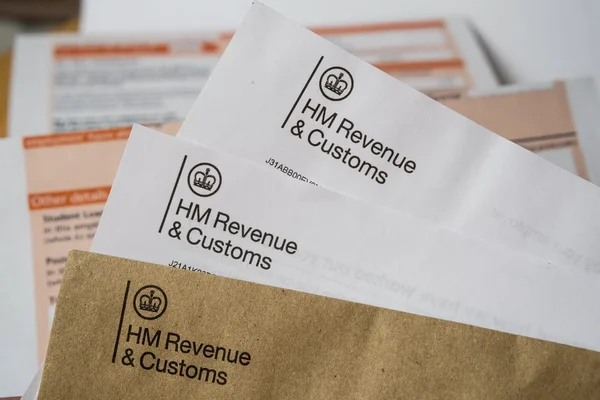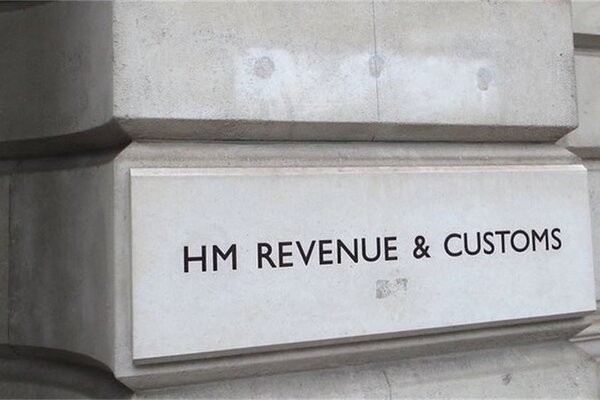How Pension Tax Relief Works Today
Under current rules, pension contributions are boosted by tax relief equivalent to the saver’s marginal rate of income tax. For example, a basic-rate taxpayer contributing £80 receives £20 in tax relief, bringing the total to £100. Higher-rate and additional-rate taxpayers can claim an extra 20% or 25% through their self-assessment tax return.
This system has long incentivised pension savings particularly among higher earners. But it also comes at a steep cost to the Treasury. According to HMRC data, the government spent nearly £48 billion on pension tax relief in the 2022/23 tax year alone.
Critics argue the system is skewed in favour of the wealthiest, while lower earners receive relatively less support. As such, the current framework is regularly under the microscope whenever the Treasury looks for potential savings.

Whispers of reform are circulating once again and this time, they’re aimed squarely at the generous pension tax relief system that higher-rate earners have long benefited from. Speculation has been mounting over whether the UK government is considering cuts to pension tax relief, a change that could significantly impact millions of savers and retirees.
At present, savers enjoy tax relief on pension contributions at their marginal rate 20%, 40%, or even 45% depending on their income. But amid ongoing pressure on public finances, calls are growing to overhaul this relief system. Many experts believe the government may soon move towards a flat rate of tax relief for all pension savers a proposal that would level the playing field, but reduce the benefit for higher earners.
So, what’s driving this renewed interest in pension reform? And what could it mean for your long-term savings strategy?
The Case for Reform: What Might Change?
One idea frequently floated is a flat rate of pension tax relief, possibly set at 25% or 30%. This would mean all taxpayers receive the same percentage boost on their pension contributions, regardless of income.
For example, under a 25% flat rate, a basic-rate taxpayer contributing £100 would still receive £25 in relief a better deal than they do now. But higher-rate taxpayers would see their benefit drop from £40 (on a £100 gross contribution) to just £25.
Although nothing has been formally announced, several Chancellors over the years have considered this approach. Most recently, Jeremy Hunt was rumoured to have reviewed pension relief options ahead of the March 2024 Budget, though ultimately no changes were announced at that time.
What It Means for Higher-Rate Taxpayers
If the government moves to a flat rate, higher earners could see a substantial reduction in the value of their pension contributions. This might make pensions less attractive as a long-term savings vehicle especially for those already maxing out annual allowances.
Financial planners are advising clients to consider “pre-funding” their pensions that is, maximising contributions now while higher-rate relief is still in place.

Will the Government Actually Do It?
The idea of reforming pension tax relief isn’t new but it’s never been an easy sell politically. Any cut to higher-rate relief is likely to prove unpopular with Conservative voters, many of whom fall within that income bracket.
On the other hand, a flat rate could be pitched as a fairness measure, helping lower earners save more effectively for retirement. In a time of squeezed public spending and the need to find new revenue streams, it’s easy to see why the policy keeps resurfacing.
That said, no changes were made in the last Budget and with a general election looming, it’s possible ministers may avoid rocking the boat in the short term.
Reactions from the Industry
The pensions industry has responded cautiously to the speculation. While some welcome a simpler, fairer system, others warn that any change must be carefully handled to avoid damaging trust in pensions.
The Association of British Insurers (ABI) has previously urged the government to conduct a full consultation before making any decisions.
What Should You Do Now?
For now, the system remains unchanged and higher-rate taxpayers still enjoy significant pension perks. But with reforms always in the air, it’s wise to keep your strategy under review.
That might mean maximising pension contributions now to lock in current relief rates, reviewing your tax position and annual allowance, or seeking tailored advice if you're approaching the Lifetime Allowance or Annual Allowance limit.
And of course, it’s important to stay informed especially ahead of the next fiscal event, when policy changes may once again be on the table.

Fun Fact
Did you know? The UK’s pension tax relief system is one of the most generous in the world. Despite repeated efforts to reform it, no government has successfully managed to push through a flat-rate policy.
Why? Because even though it’s expensive, the system is a cornerstone of retirement planning and voters don’t like changes to their pensions! Even Margaret Thatcher’s government steered clear of altering it.
Conclusion
The UK’s pension tax relief system may be living on borrowed time especially for higher-rate earners. With a flat-rate model once again being floated in policy circles, now’s the time to review your strategy and consider how future changes could affect your long-term financial goals.
Although reforms have been dodged for now, the rising cost of tax relief means the issue is unlikely to disappear. Whether for fairness or fiscal necessity, change could come and those who plan ahead will be best placed to navigate it.
Frequently Asked Questions
What is pension tax relief?
Pension tax relief is a government top-up on contributions to your pension, based on your income tax rate. It's designed to encourage long-term saving.
How much tax relief do higher-rate taxpayers get?
Higher-rate taxpayers receive 40% relief on contributions, while additional-rate taxpayers get 45%. This can be claimed via self-assessment.
What is a flat rate of pension tax relief?
A flat rate would give all savers the same percentage of tax relief such as 25% regardless of their income level or tax band.
Has the government announced any changes?
No formal changes have been announced yet. However, speculation remains high, especially as the government seeks ways to cut costs.
Should I change my pension contributions?
Not necessarily but it may be worth reviewing your current contributions and speaking with a financial adviser to ensure you're optimising your tax relief.











